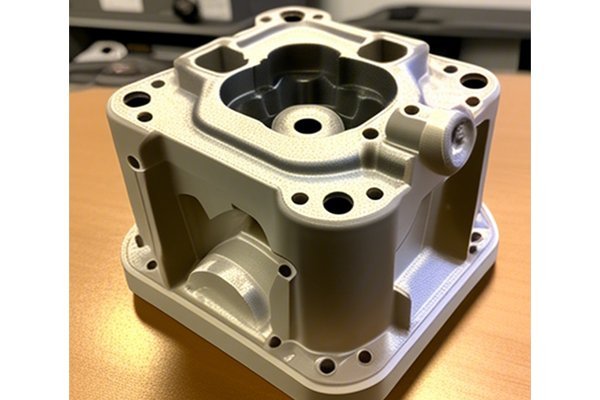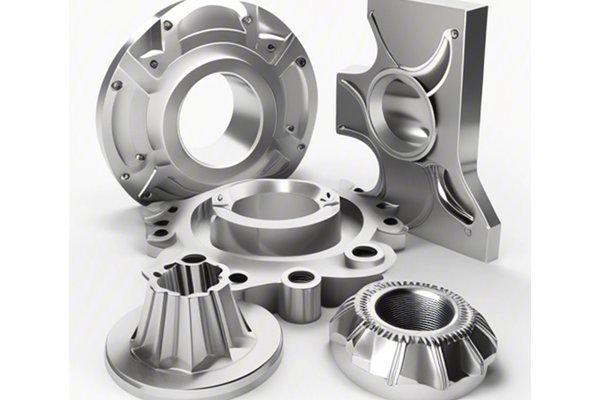:
Did you know that the choice of material can significantly impact not only the performance but also the cost, time, and success rate of a prototype? In the fast-evolving world of manufacturing, particularly in CNC (Computer Numerical Control) machining, selecting the appropriate material can dictate the realization of a design idea to fruition. The process of CNC prototype machining effectively serves as a bridge between concept and completion, making it essential for engineers and developers to vet their material options meticulously. This blog will walk you through the essential factors one must consider when choosing materials for CNC prototype machining, ensuring a streamlined workflow and exceptional results.
Understanding CNC Prototype Machining
CNC prototype machining involves creating a physical prototype of a part or product using CNC machines. These machines operate on precise algorithms to mill, drill, or cut materials into specific shapes and sizes. The prototyping stage is crucial in product development as it allows designers to test form, fit, and function before production. With rapid advancements in CNC technology, the kinds of materials available for use have broadened, making the decision more complex yet rewarding.
Key Factors to Consider When Choosing Materials for CNC Prototype Machining
Selecting the right material for your CNC prototype can be overwhelming, especially with various options like metals, plastics, and composites. Each has unique properties that can affect the final product. Here, we analyze several vital factors to consider:
Understanding the inherent properties of materials is paramount. These include:
Machinability refers to how easy or difficult a material is to machine. Some materials can be machined faster, resulting in lower production costs and time. For instance, softer metals like aluminum are easier to machine than harder materials like titanium.
Budget constraints often dictate material choices. While high-performance materials may yield superior prototypes, they often come with a hefty price tag. Analyzing the balance between desired performance and budget is essential:

The intended use of the prototype can greatly influence material selection:
Understanding how a material behaves at different temperatures is vital, particularly for applications subject to variable heating and cooling cycles.
Depending on the industry, your prototype may need to meet specific regulatory standards or certifications.
As companies become more aware of environmental issues, the materials’ sustainability is gaining importance.
:
Choosing the right materials for CNC prototype machining is a multifaceted decision that intertwines several essential factors. The properties of the material, its machinability, costs, intended application, thermal properties, regulatory standards, and sustainability considerations are all critical elements to navigate through.
Investing time and careful thought into material selection can lead to prototypes that meet functional requirements while remaining within budgetary confines. A well-considered approach not only streamlines the manufacturing process but paves the way for better end products that resonate with customers and stakeholders alike.
Keep this blog as a reference for your future CNC machining projects, and continually reassess your material choices as technologies and needs evolve. Understanding the crucial role that materials play in the CNC process is essential for any engineer or designer looking to innovate in this competitive landscape.
By paying close attention to these factors, you are one step closer to transforming innovative designs into tangible realities through CNC prototype machining. So the next time you embark on a new project, remember that the right material can make all the difference.






